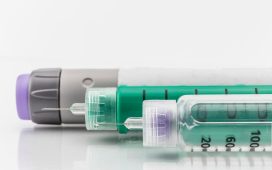Compared with before sick leave, newly gained sick leave led to 400 fewer confirmed cases per day
MONDAY, Oct. 19, 2020 (HealthDay News) — The U.S. emergency sick leave provision in the Families First Coronavirus Response Act (FFCRA) was a highly effective policy tool to flatten the curve in the short run, according to a report published online Oct. 15 in Health Affairs.
Stefan Pichler, Ph.D., from the KOF Swiss Economic Institute at ETH Zurich, and colleagues compared pre-post FFCRA changes in newly reported COVID-19 cases in states where workers gained the right to take paid sick leave (treatment group) to states where workers already had access to paid sick leave (control group).
The researchers found that compared with the control group and relative to the pre-FFCRA period, states that gained access to paid sick leave through FFCRA saw a statistically significant 400 fewer confirmed cases per day. This translated to roughly one prevented COVID-19 case per day per 1,300 workers who newly gained the option to take up to two weeks of paid sick leave.
“Although our findings suggest that the U.S. emergency sick leave provision was a highly effective policy tool to flatten the curve in the short-run, it only contains up to two weeks of paid sick leave and is set to expire at the end of 2020,” the authors write. “If employees take their emergency sick leave as a precautionary measure or because they are quarantined for the standard time of two weeks, they obviously are unable to take paid sick leave again, which may force them to work sick and potentially spread the virus in the future.”
Copyright © 2020 HealthDay. All rights reserved.








